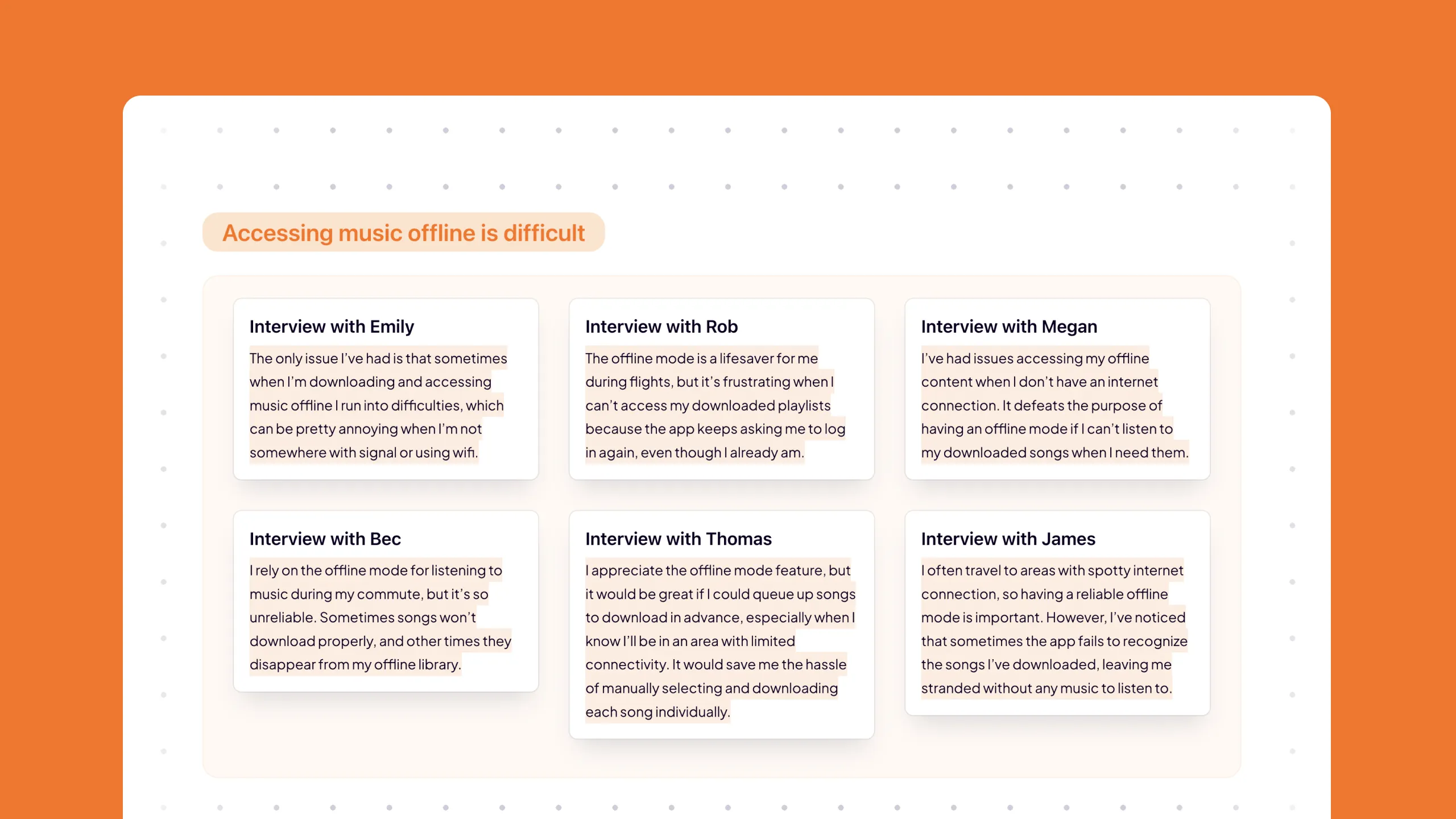Exploring language spatially
Use a spatial dimension to explore and manipulate language. By pulling text around on a map, you can play with different features in a playful and meaningful way.


When iterating on text, I want to spatially map and manipulate features like sentiment and text length, so I can experiment and refine ideas more freely.


- Exploring Latent Spaces: By adjusting feature values, generative models can create new text, providing a playful yet meaningful way to manipulate and understand ideas.
- Using Line Length and Direction: Playing with the length and direction of lines can control the newly generated text. For instance, choosing the 'concrete' tool and using a long line will result in a straightforward output. In contrast, a short line may simply clarify some terms or leave out some details.

More of the Witlist

Ordering content along different interpretable dimensions, like style or similarity, makes it navigable on x and y axes facilitating exploration and discovery of relationships between the data.

Guide users to understand what makes a good prompt will help them learn how to craft prompts that result in better outputs.

Presenting multiple outputs helps users explore and identify their preferences and provides valuable insights into their choices, even enabling user feedback for model improvement.

AI excels at classifying vast amounts of content, presenting an opportunity for new, more fluid filter interfaces tailored to the content.

AI can enhance live chat streams by analyzing real-time data, identifying trends, and driving interactive elements like voting to boost audience engagement.

LLM’s are great at organizing narratives and findings. It's helpful to see the sources that support these conclusions, making it easier to understand the analysis and where it comes from.